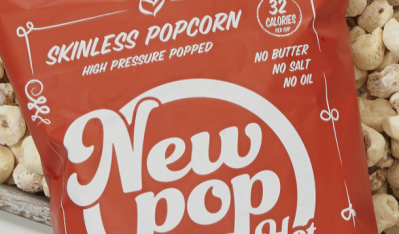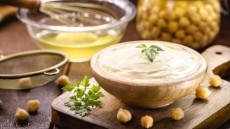Homemade or industrial: When it comes to tomato sauce, the industrial sort may be richer in antioxidants, says study

Researchers in Turkey and the Netherlands compared tomato sauces made by two different methods, an industrial process that includes cold breaking, evaporating and pasteurization, and home processed made with a typical household blender.
They found that the industrially processed sauce retained a “higher antioxidant content” and “enhanced bioaccessibility of antioxidants,” they wrote in a study published in Food Chemistry.
“Industrial processing of tomato fruit into sauce had an overall positive effect on the total antioxidant capacity (∼1.2-fold higher) compared to tomato fruit whereas home processing of tomato fruit into sauce led to a decrease in these values,” they added.
Industrial vs. home processed tomato sauce
“The effects of industrial processing on the antioxidants of tomatoes have been extensively studied. However, little is known about the impact of different processing methods on tomato and tomato sauce,” they wrote in the report.
Using the same commercial variety tomato from the same source (Lycopersicum esculentum var. Advance from a greenhouse in Manisa, Turkey), the researchers put the tomatoes through two different processes: The ‘industrial’ group tomatoes were washed, went through cold breaking at 73o C for 10 minutes, evaporated at 73o C, then pasteurized at 110o C for 90 seconds, all conducted in a factory. The final product still contained the seed and the skin fractions.
The ‘home processed’ tomatoes were chopped into cubes of about 10 cm3, crushed in a typical household blender, and then cooked at 100o C for an hour.
Researchers looked at three independent processing events for each method, which means they looked at three independent fruit samples, three independent home-processing sauce samples, and three independent industrial processing sauce samples.
Comparing the phenolics, flavonoids, and bioaccessibility of antioxidants
Among the many analytical methods the researchers used on the various tomato sauce samples, they used a spectrophotometer to estimate total antioxidant capacity, and an in vitro procedure that mimics the digestion process to analyse the release of phytochemicals from tomatoes and different processed sauce matrices at different stages of digestion, from mouth consumption to intestinal phase.
“Technological processing often includes many thermal and hydrothermal processes. These processes can have both negative and positive effects on the food materials. In our study, the industrial processing of tomato fruit into tomato sauce resulted in significant increases in all Total Antioxidant Capacity Values,” they wrote.
“It is therefore apparent that heat treatment may result in changes in the extractability of phenolics due to the disruption of plant cell wall and thus result in an easier release of (bound) polyphenolic compounds,” they added.
This isn’t the end of the study though—the researchers wrote that they are planning to continue it, focusing next on the “bioavailability of tomato polyphenols using cellular models such as Caco-2 and in vivo feeding trials in order to compare with the findings of the present study.”
Source: Food Chemistry
Published online ahead of print, http://dx.doi.org/10.1016/j.foodchem.2016.09.201
Authors: Merve Tomas, Jules Beekwilder, Robert D. Hall, Osman Sagdic, Dilek Boyacioglu, Esra Capanoglu
















